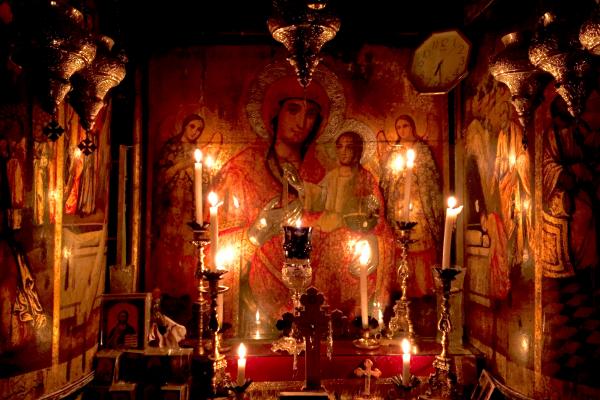Mar 11, 2016
I weaved my way past, trying to find the right angle. All I wanted was to get a good look at the image of Christ Pantocrator — that is, Almighty — that crowns the inside of the dome at the center of the church. But there were too many walls and too many obstructions. No matter where I stood, every view was partly blocked. No matter what I did, I could never quite see all of Jesus.
Read the Full Article

Already a subscriber? Login
